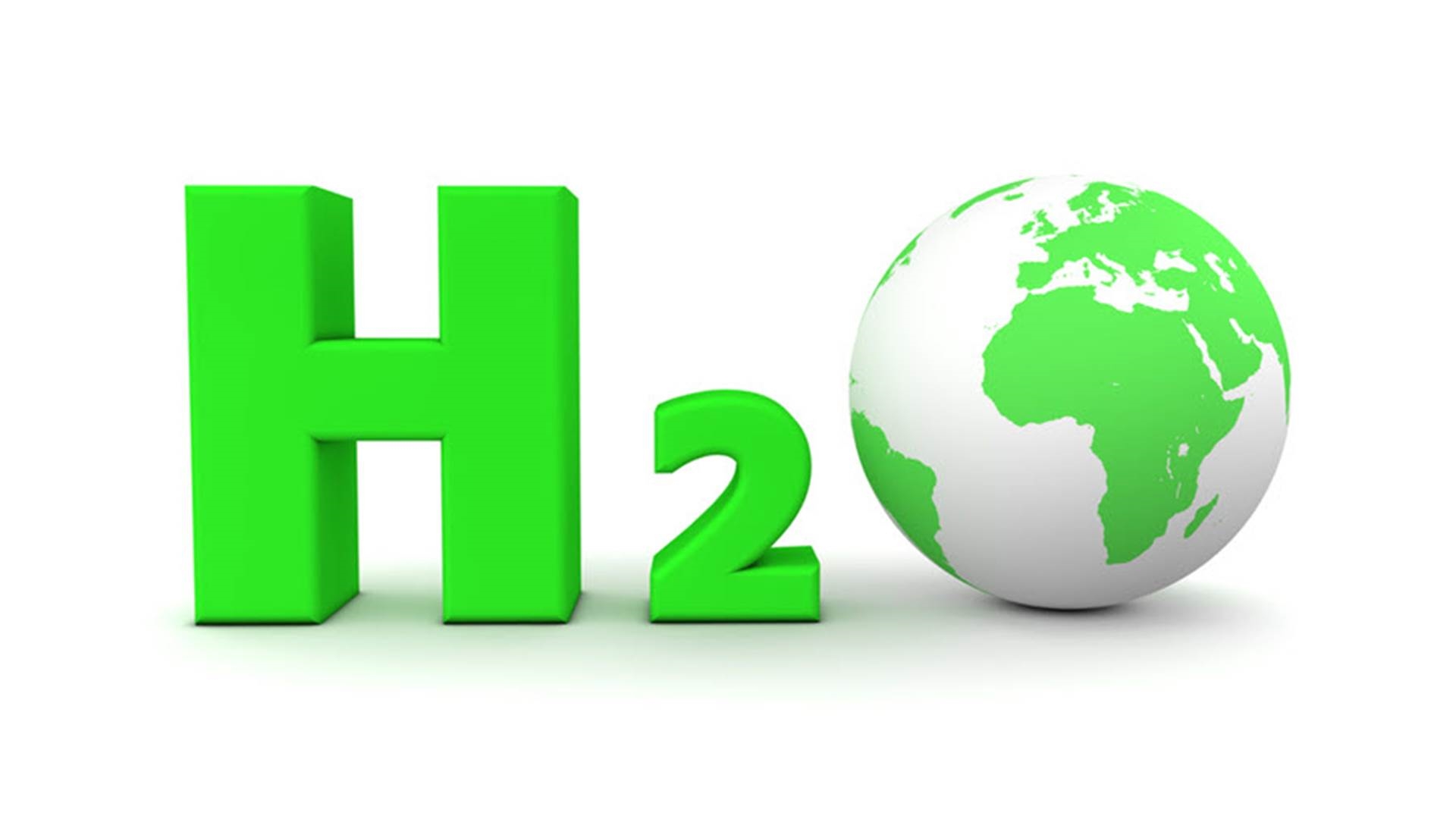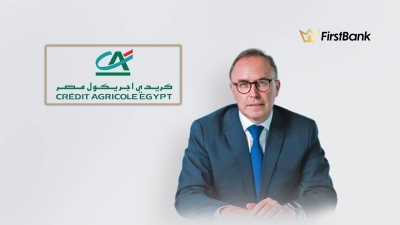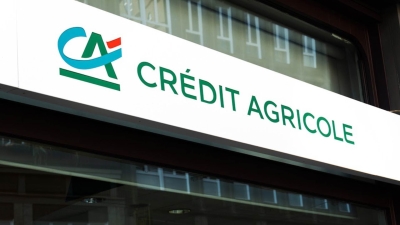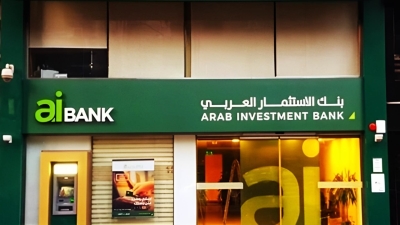Egypt play a leading role in green hydrogen file

the world is competing to use renewable energy sources on a large scale to reduce carbon emissions that cause pollution, as well as global warming, in light of the growing global interest to preserve our planet, especially with the increasing natural disasters resulting from the climate change crisis, and the increase in global challenges to promote the adoption of strong alternative energy policies due to the Russian-Ukrainian war, and the need to reduce Fossil energy sources.
Green hydrogen comes at the top of world's concerns, countries are competing to produce it; as it contains three times the energy found in fossil energy, and its combustion results in zero carbon energy, which is an environmentally friendly fire, so Egypt is striving to increase it with serious attempts to create a suitable environment for its production, whether through meetings and agreements with international institutions and companies to produce green hydrogen.
Since the beginning of 2022, the Ministry of Electricity and Renewable Energy has placed green hydrogen extraction projects at the top of its priorities, by preparing a program that makes Egypt lead the world in this field because of its vast areas that enable it to establish renewable energy stations with capacities of up to 90,000 megawatts, used in the production of green hydrogen, which will become the main fuel during the next few years.
Within this framework, many important steps have been taken, as green hydrogen topped President Abdel Fattah El-Sisi’s talks in March 2023 with Chairman of the Board of Directors of the China International Energy Group, and the accompanying delegation of senior officials in the group, as the China International Energy Group announced its intention to establish a project to produce green hydrogen in Egypt, with investments ranging from $ 5 to $8 billion.
Egypt tended to study the available opportunities to attract investments in the hydrogen production, study future opportunities and open markets in various countries of the world, as it sought to sign agreements, partnerships and memorandums of understanding to guarantee future shares for it in the expected global circulation of hydrogen.
Last November, Egypt signed framework agreements with international energy companies to establish 9 hydrogen and green ammonia production projects in Suez Canal Economic Zone at a cost of $83 bn, so that the factories produce approximately 7.6 million tons of green ammonia and 2.7 million tons of hydrogen annually. With the UAE Masdar companies, Egyptian Hassan Allam holding, Infinity, Australian Fortescue Future, Norwegian Skatec, VertGlobe and Orascom.
EBRD also launched the Green Economy Financing Facility with the European Union and the Green Climate Fund, with financing amounting to $175.5 mn from commercial banks to the private sector to invest in climate projects last January.
Heike Harmgart, the Managing Director for the Southern and Eastern Mediterranean (SEMED) region at the European Bank for Reconstruction and Development, announced a few days ago that 19 memorandums of understanding were signed between international companies and Egyptian investors within a partnership agreement, in order to provide green hydrogen. For both local consumption and global export of green ammonia and green hydrogen fertilizers, using many innovative technology tools globally and locally.
According to the strategy of the Egyptian government, which was prepared jointly by the European Bank for Reconstruction and Development, the demand for green hydrogen is set to reach 90 million tons, of which 70 million tons are generated from renewable energy sources, and 20 million tons are from Syngas that contain carbon.
It is expected that the hydrogen economy will multiply seven times in 2050, according to the strategy, which provides Egypt with the possibility of obtaining a large proportion of the international market and an increase in domestic product in range of $ 18 bn.
Egyptian banks play an important role in financing green hydrogen projects, for example, CIB has very ambitious plans in these projects, as it has recently studied a number of private and public projects with different production capacities of hydrogen. He also allocated funds to finance green projects in general, under which green hydrogen falls, such as the green bond program, which amounts to $100 mn.













